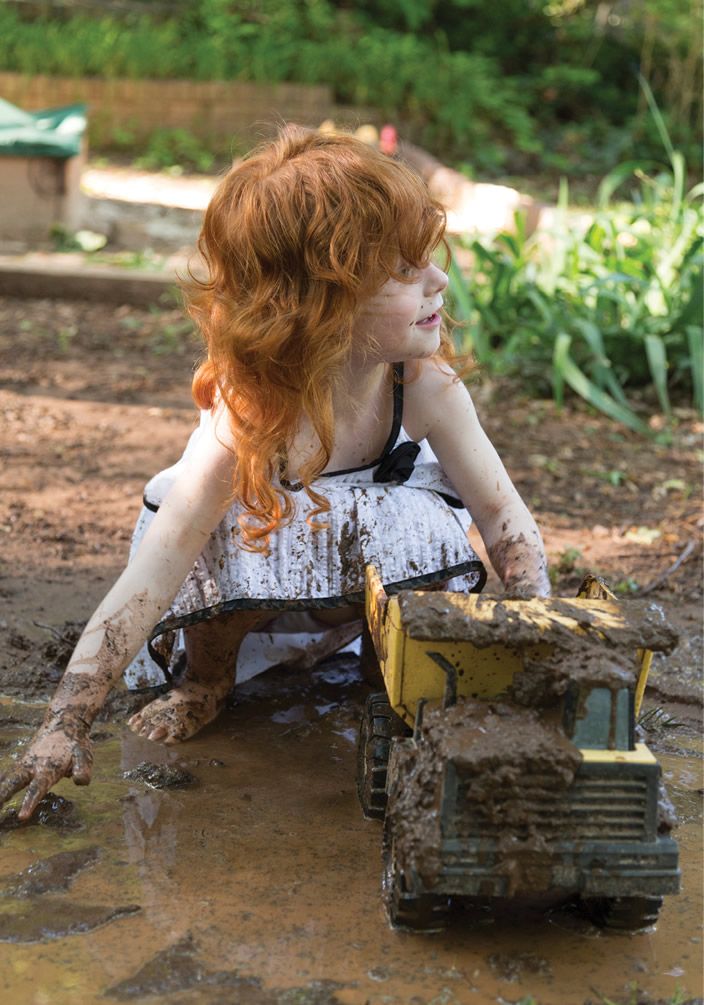
Violence against women is a widespread problem in Australia that has significant health, social, and economic consequences for women and their children, write Dr Gemma Hamilton and Dr Naomi Pfitzner.
On average, at least one Australian woman is killed by a current or former partner a week, and about one in six women have experienced sexual or physical violence since the age of 15.
The negative effects of children’s exposure to violence are well documented, with exposure in early childhood leading to adverse health, educational and behavioural outcomes. The most direct way to reduce children’s exposure to violence is to prevent violence against women from happening in the first place.
What’s driving this violence?
Rigid gender roles and stereotyped constructions of masculinity and femininity are key drivers of violence against women. A large body of academic research shows that traditional attitudes towards gender are one of the strongest predictors of attitudes that support this violence.
Australia’s world first national framework to prevent violence against women identifies challenging rigid gender roles and stereotypes as a key action in preventing gendered violence. To create lasting change, prevention needs to encompass multiple strategies across a range of places in our community. One key strategy is to target early childhood settings.
Start early
Early childhood is a key developmental period when children begin to learn about gender. Gender is different from a person’s biological sex. A person’s sex is based on physical features such as anatomy, hormones and reproductive organs. Their gender is the way they think and behave based on learned roles and social expectations.
From birth, children learn about gender-appropriate attitudes and behaviours through gender socialisation. They learn to ‘do’ gender through internalising gender norms and roles as they interact with people around them.
Children begin to understand and act out gender roles and stereotypes as early as 2-3 years old. The degree to which children internalise and adopt stereotyped attitudes and behaviours can have long term effects on their attitudes, behaviours and values. People who support rigid gender roles and relations are more likely to endorse attitudes that justify, excuse, minimise or trivialise violence against women, or blame or hold women at least partially responsible for the violence against them.
Not all boys who play with trucks are going to end up violent but traditional masculine gender roles and ideologies (for example, ‘men need to be tough’) are associated with men’s violence against women.
What role do teachers play?
Children often learn about gender from significant people around them such as family members, preschool and school teachers. Teachers can influence young children (either explicitly or implicitly) via social modeling, the expression of their own attitudes towards gender, and direct teaching practices.
For example, recent Australian research shows that gender stereotypes impact how preschool teachers plan their education programs with boys and girls (eg art and language activities for girls, physical activities for boys).
Adhering to rigid gender stereotypes and providing male and female children with unequal opportunities can impact their academic motivation, skills, achievement, and future occupational attainment.
Researchers have yet to carry out longitudinal (long term) studies to directly track the impact of early education on outcomes related to violence against women. However, research suggests early childhood teachers can play an important role in promoting gender equality and building children’s resilience to rigid gender stereotypes in early childhood—a key action to prevent violence against women.
Reflect critically
Early childhood teachers should critically reflect on how gender stereotypes influence their behaviour and expectations towards children and actively seek to address and counter stereotypes. For example, when reading books where boys and girls are presented in stereotyped roles, change the genders around (eg, have a female firefighter and a male nurse).
Teachers can also promote gender equality by supporting a diverse range of activities for both male and female children. From infancy, boys are often encouraged to play with sports equipment, toy cars and tools, while girls are given dolls, kitchen appliances and dress-ups.
Children often have equal and overlapping interests in toys and it is the gendered marketing of toys that subsequently influences their preferences as they age. Avoid stereotyping children and provide them with an equal opportunity to use the equipment and toys.
What resources are available?
Interactive techniques, like role playing, storytelling and games can help teach children about gender equality.
For example, teachers can challenge preconceived notions about gender specific tasks by playing a game with children to match female and male characters to professions.
Teachers can also use resources from the #BecauseWhy campaign. This is an initiative launched earlier this year by Our Watch to encourage parents to challenge rigid gender stereotypes and promote diverse interests with their young children. While the campaign predominantly targets parents, the resources are easily transferrable to early childhood teachers.
The digital resources include a website, short films, online articles and an Everyday Q&A page that offers practical tips for how carers can challenge rigid gender stereotypes with their children.
For example, in situations when children might say ‘tea sets are for girls’, the campaign suggests prompting a conversation about why the child thinks that, and offering an alternative view. That might be ‘I can see why you think that, but don’t you think it would be great if we could all play with whatever we want? How about you pick any toy you want?’
Teachers can’t do it alone
It is impossible for teachers alone to comprehensively change gender relations. However, when accompanied by other community interventions, for instance in the home and workplace, early childhood is a prime opportunity to create effective change.
Supporting early childhood educators to promote more diverse concepts of gender with young children may reduce rigid gender stereotypes tied to attitudes that support violence and create a more gender equitable community in the long term.
https://www.ieu.asn.au/news-publications/news/2018/01/teachers-role-preventing-violence



































































































































